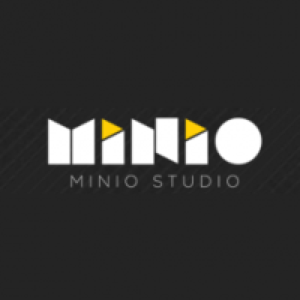Employer branding starts with stories, and every organisation is unique in that respect, says Sarah Sturgess, Agency Director at SMRS and culture, employer branding & talent attraction specialist with over 25 years of experience.
We talked to Sarah during the Employer Branding Conference held in Bucharest on April 11 and uncovered challenges and lessons in the field. Sarah highlighted the evolution of employer branding over the last decade and its growing importance in the post-pandemic context.
Read on to learn why employer branding can be a strategic investment, how to get stakeholder buy-in for initiatives, and what all companies should do to have a strong employer brand.


![[HR Trends] Sarah Sturgess: Organisations believe they are similar, so they must have the same employer brand. And it's just not the case](https://media.iqads.ro/2024/04/sarah-main2-cover-850.jpg)






















